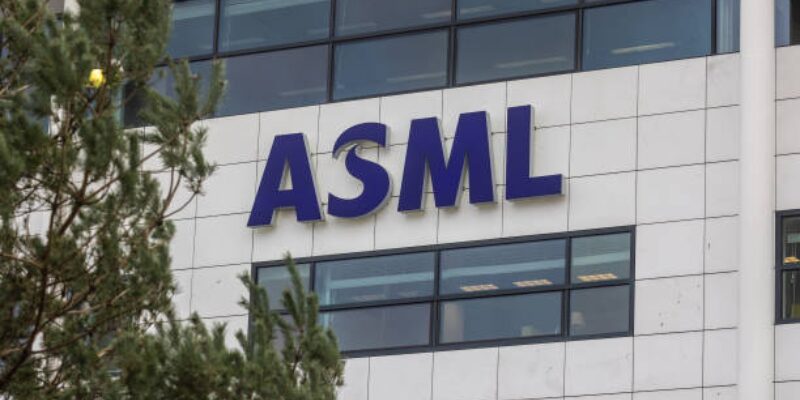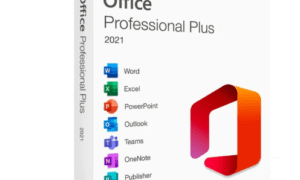ASML, a Dutch manufacturer of semiconductor equipment, anticipates that new low-cost versions, such as the one introduced by China’s DeepSeek, would increase rather than decrease demand for AI chips.
TakeAway Points:
- Christophe Fouquet, the CEO of ASML, stated that he does not believe there is a slowdown in the market for chips with an AI focus, but he did not elaborate on the details of DeepSeek’s recently disclosed R1 model.
- The CEO of ASML acknowledged that there is “a lot of talk” about DeepSeek, but he claimed his company has not had any enquiries from clients about how the Chinese company’s business model may affect chip demand.
- This week’s sharp decline in technology equities was brought on by growing awareness of DeepSeek’s new model.
High demand for less cost
ASML beat estimates on both sales and profit for the fourth quarter and said it had an order backlog of roughly 36 billion euros ($37.4 billion) at the end of 2024. The news prompted a jump in the firm’s shares as investor fears that DeepSeek’s model could cool semiconductor spending ebbed.
Without addressing the specifics of DeepSeek’s newly revealed R1 model—which took the tech world by storm with performance benchmarks rivalling leading U.S. players at a fraction of the cost—Fouquet said that he sees no sign of a slowdown in demand for AI-focused chips.
“A lower cost of AI could mean more applications. More applications means more demand over time. We see that as an opportunity for more chips demand,” Fouquet said in an interview with CNBC’s Arjun Kharpal.
“For the hyperscaler, the capex [capital expenditure] is today spent for investment,” he said. “They are investing heavily in R&D [research and development]. They continue to want to do that.”
Hyperscalers refers to cloud computing giants such as Microsoft, Amazon and Google, which are investing heavily in the data center infrastructure that powers AI models.
Last week, DeepSeek released R1, an open-source reasoning model that claims to beat OpenAI’s o1 model on both cost and performance. Open-source software source code is made freely available on the open web for possible modification and redistribution.
Market competition
Growing awareness of DeepSeek’s new model caused a severe slump in technology stocks this week, amid concerns of a possible retrenchment in spending on the powerful graphics processing units required to train and run AI workloads.
Nvidia lost close to $600 billion in market capitalization on Monday—the biggest single-day drop for any company in U.S. history—while ASML and other semiconductor stocks also notched heavy losses.
Shares of both Nvidia and ASML have since recovered some ground later in the week.
Fouquet appeared unfazed by DeepSeek’s implications for both AI hyperscalers and chipmakers during the Wednesday interview. While acknowledging there is “a lot of discussion” surrounding DeepSeek, the ASML CEO said his company hasn’t heard from customers asking about the impact the Chinese firm’s model will have on chip demand.
“For AI to really come to life in the next few years — not only with the hyperscalers, but with all of us in our phone, PC — we need AI to address two things: cost and energy consumption,” he said.
“We believe that anything that will go in the direction of lowering cost on AI is, in fact, probably news because this will allow applications to go to many, many more devices,” Fouquet added.
The DeepSeek reveal triggered questions over eyewatering spending from leading AI players such as OpenAI and Microsoft on Nvidia graphics processing units, which are needed to train and run the most advanced AI models.
This could in turn hit demand for ASML’s high-precision extreme ultraviolet (EUV) machines, which are used to print the most advanced microchips. EUV tools accounted for 3 billion euros out of the 7.1 billion euros ASML reported in fourth-quarter net bookings.



































